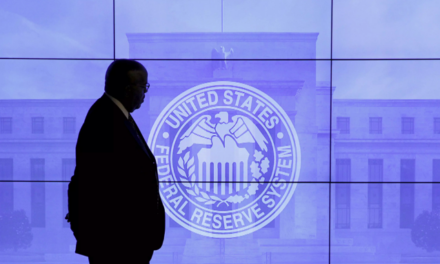The US economy’s initiative to provide job opportunities is gaining steam. In July, the country posted almost a million additional jobs – a much higher figure than expected. This outburst of jobs will improve sectors of education and services as well as tourism.
The continuous employment hike surpassed the forecast consensus of 870,000.
However, this data was before the onslaught of the Delta variant of the COVID-19 pandemic. So norms are expected to happen, as restrictions are needed to combat the new virus strain.
Scott Anderson, a renowned San Francisco-based economist, said that although the economic growth is evident, a move short of a marathon is needed.
Fewer unemployed citizens in the US targeted
With job opportunities offered, the unemployment rate has only been reduced by 0.5%, points to 5.4%. There are now fewer unemployed US citizens amounting to 8.7 million compared to April 2020’s rate, which was considered one of the highest unemployment peaks of the century.
This indication made experts conclude that despite the Delta variant, the US is heading toward economic recovery.
Richard Flynn, Charles Schwab’s director, hinted that the numbers are the needed cue for the reopening of markets and a jumpstart to higher gear.
James McCann, a known economist who led as deputy chief of Aberdeen Standard Investment, also supported this view, saying that it would “cement” the notion that there will be a slowing of purchases on significant assets among the US Central Bank the Federal Reserves.
Furthermore, he added that the Federal Reserve chair Jay Powell could use the Jackson Hole caucus this month among central bank bigwigs to give away hints. However, he made clear that such job reports only imply tightening of future policies.
Shifting recovery
There is a sharp contraction of the US economy in 2020, but the good thing is that the first three months of 2021 made faster rebounds than expected.
The pace slowed in the second quarter, where the rise of coronavirus made the economy slightly went downhill. Instead of going above the previously announced forecast of 8.5 percent, it only garnered an annual growth of 6.5 percent. Moreover, it created a rippled effect on other variables, causing problems like labor shortage.
Some experts believe that the sudden change of pace is due to the unavailability of childcare systems and the unrelenting fear of acquiring the virus. In addition, sudden pandemically-induced retirements and the shifting of careers add to labor woes.
Other analysts agree that low-skilled opportunities cloud the advertising, but these are not enough for applying candidates.
According to Aaron Anderson, a renowned researcher at Fisher Investments, he emphasized that manufacturing, leisure, and travel are among the critical areas offered in job openings, but coming back has always been the problem.
He also anticipated that shortly, when the trace of the COVID 19 pandemic is gone, there would be more significant gains in terms of employmenta as doors of job opportunities are going to open.















